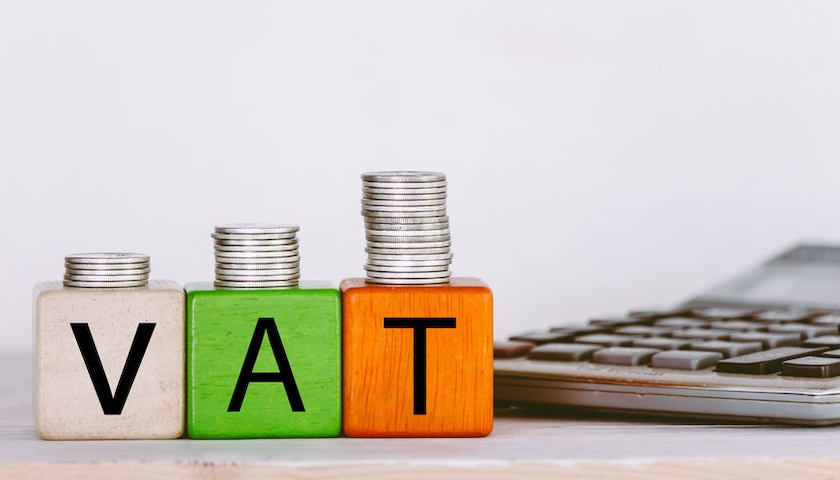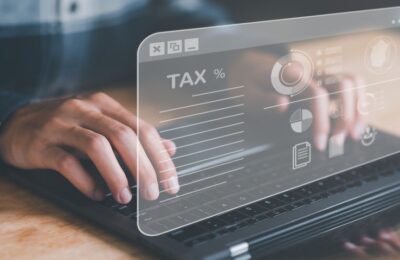Are you thinking of registering for VAT? Are you unsure whether it will benefit your business? If so, you might be interested in HMRC’s VAT estimator tool.
Who the VAT estimator tool is for
The tool is primarily aimed at businesses that are under the VAT threshold or are about to reach it.
As a reminder, your business must register for VAT if its total VAT taxable turnover over the last twelve months is £90,000 or more. Registering for VAT is also compulsory if you expect this turnover to exceed £90,000 in the next 30 days.
It’s also worth noting that if you and your business are based outside the UK, you’ll need to register for VAT if you supply any goods or services to the UK.
What the VAT estimator tool is for
The tool is designed to help you understand what registering for VAT will mean for your business. It allows you to estimate:
- What VAT might be owed by your business after registering for VAT; and
- What VAT might be reclaimed after registration
The tool also allows you to compare different situations that might apply to your business. If you need to register for VAT, this can help you understand what to expect.
If your business is below the VAT threshold, the tool can still be very useful. In some cases, you might pay out more VAT than you charge. This would mean registering for VAT meant the taxman would actually pay you!
Finally, the tool can be useful if you think that deregistering for VAT might be a better option for your business. However, it’s worth remembering that the deregistration threshold is slightly lower than the registration threshold. Currently it is £88,000, as opposed to the registration threshold of £90,000.
How to use the VAT estimator tool
The VAT estimator tool is free to use. However, before you use it, you’ll need to gather together certain information, including:
- Your approximate income and costs for your chosen time period (up to 12 months).
- The VAT rate(s) that would apply to your income or costs. You can find out about the different VAT rates for goods and services here.
- Whether you plan to add VAT to your current prices, or whether you plan to absorb it within your current prices.
I’ve used the tool and think I should be registering for VAT. Now what?
If you use the tool and think you should be registering for VAT, we strongly recommend talking to one of our accountants.
While the tool is helpful, it can’t replace our experience and knowledge of how the VAT system works. There are different VAT schemes which may have different benefits or drawbacks for your business. These include the VAT cash accounting, VAT annual accounting and VAT flat rate schemes. We can help you work out which is the best fit for you. We can also advise you on whether it would be beneficial to deregister for VAT.
So, before registering for VAT, get in touch with us today. We’ll not only advise you on what to do next, but can take care of your VAT returns too.
About Mark Ingle
Owner-manager business specialist, Mark Ingle is key to building relationships with clients at the Chelmsford office. “I like to see clients enterprises grow and succeed.” Mark explains, “The team here has a lot to offer and I can see a lot of new businesses responding to that.”
Having worked for accountancy practices in London and Essex, Mark has worked with a range of companies varying in size. For Mark, THP stands out for its “local firm approach with the resources of a larger practice.”
Although a keen traveller, Mark is focused on giving his clients at THP the highest service, “Right now, I aim to help the clients we have to the best of my ability which will help me attract more of the right clients in the future.”
Mark’s specialist skills:
- Annual and Management Accounts
- Tax and VAT
- Strategy and Business Planning
- Marketing and Sales
- Business Development












